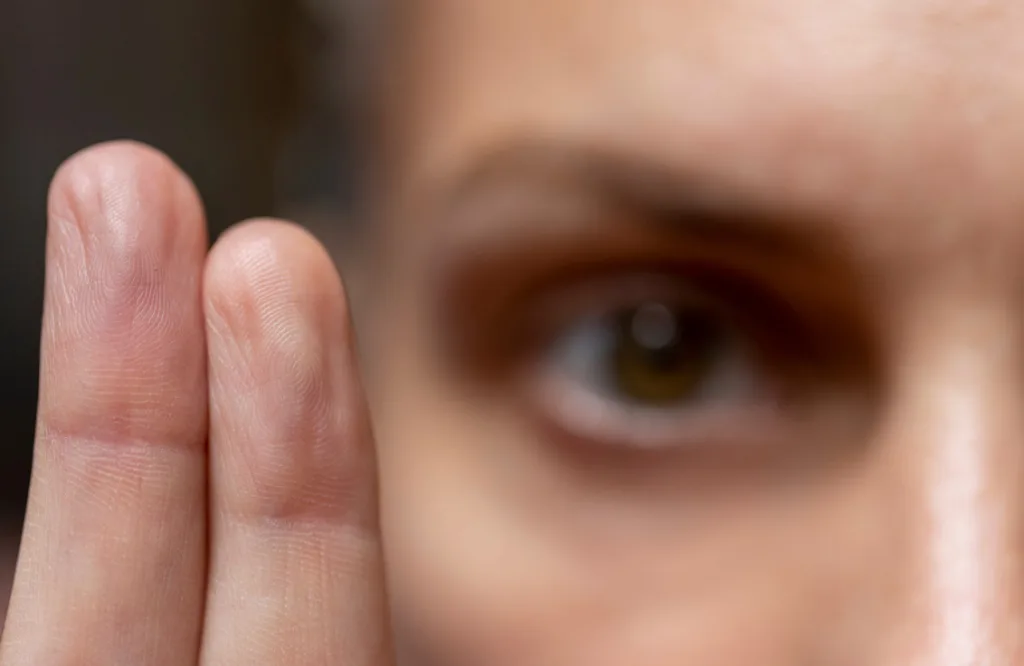ADHD Testing in Los Angeles: Finding the Right Psychologist
When it comes to ADHD testing in Los Angeles, it is essential to find the right psychologist who specializes in ADHD. However, finding this “ideal provider” can feel impossible. This can be a strenuous, challenging, and lengthy process. You may have already looked through dozens of psychologists’ profiles and feel like the process is never ending. You may be unsure of what to look for, feel overwhelmed, and be ready to give up.
It is completely understandable if you feel this way. You are not alone. In fact, many of the patients who call me to book a testing session began the process of seeking an assessment provider weeks or even months ago, but found that they didn’t know where to look or what to ask for. The method to demystifying and streamlining this process is to know three key questions to ask each provider you speak with. When you get the right answers (which will be identified below), then you’ll be able to rest easy knowing that you’ve booked your assessment with the right provider. I’ll walk you through the questions you ought to ask, as well as clarifying the process by explaining how I approach testing for ADHD.
What Questions should I Ask?
There are a few key questions to ask any psychologist you are consulting with to consider booking for an assessment. These questions are based on a few key concept. First and foremost, it is most important to find a psychologist who has experience evaluating and treating ADHD. So is finding someone you feel you have strong rapport with who offers the methodology of testing you need. For instance, I specialize in ADHD testing and therapy and offer ADHD testing in Los Angeles in-person as well as anywhere across California virtually. The psychologist you work with should be able to explain their methods to you in a relatable, understandable manner so you feel confident about getting the testing you need.
Most psychologists offer a free, 15-minute consultation phone call. This gives you the opportunity to ask any questions you may have about the ADHD testing process. Here are some helpful questions you may with to ask to ensure you are working with the right psychologist.
Question #1: What is this Psychologist’s experience in ADHD Assessment; is ADHD their Area of Expertise?
You have a right to receive treatment from a provider who is well trained and highly experienced in ADHD. It can feel awkward to ask, but these sort of questions are so normal for us to hear as psychologists! Just as you likely wouldn’t want to fly on a pilot’s first flight with the airline, you don’t want to select a psychologist who is brand new to testing. Remember, assessment is a highly intricate skill that takes years of training (and a doctorate!) to gain experience in, let alone expertise. There are also countless diagnoses psychologists can be trained to assess for, so you want to make sure that the provider you select is specifically trained and experienced in ADHD.
Additionally, in case you build strong rapport with your psychologist and wish to obtain therapy for ADHD from them post-assessment, you’ll likely wish to ask about their methodology for providing therapy for patients with ADHD. Thus, consider some of the following questions when you consult with a provider:
- What is their experience assessing for ADHD?
- What is included in your report? Recommendations in a variety of contexts?
- Do they use evidence-based assessment tools and treatment methods?
- If your results show you do indeed have ADHD, what are the next steps they provide?
- Do they help match you with a psychiatrist if you are interested in medication?
- Do they offer therapy so you can continue working together? If so, what is their experience working with clients with ADHD? What is their typical treatment model?
Question #2: In-person versus Virtual ADHD Testing: Which is Right for me?
In-person and virtual ADHD testing are both effective options for identifying and treating ADHD. While some individuals may prefer the traditional in-person approach, virtual testing has become increasingly popular due to its convenience, accessibility, and flexibility. Virtual testing allows individuals to receive the same quality of care from the comfort of their own homes. Additionally, it helps avoid the hassle of transportation and scheduling conflicts.
Benefits and Drawbacks of Virtual ADHD Testing in Los Angeles
Virtual ADHD testing offers a variety of benefits. This includes the ability to meet with a qualified provider from anywhere, reduced wait times, no commute, and increased privacy. It is important to work with a provider who is highly experienced in conducting ADHD assessments virtually to ensure accurate results.
If you are seeking ADHD testing because you feel you would benefit from accommodations, check with your employer or school to ensure that virtual testing qualifies you. While I have never had a client’s assessment not qualify them for all necessary accommodations, it is no problem to administer some or all of the assessment in-person.
Question #3: What Accommodations do I Need and can this Psychologist Provide them if I am Diagnosed?
As a psychologist who specializes in therapy and testing for ADHD, I understand the challenges that individuals with ADHD face in various aspects of their lives. The good news is that there are accommodations available to help individuals with ADHD achieve success in numerous contexts, including work, school, and standardized testing. If you meet the diagnostic criteria for ADHD, you will qualify for numerous of these accommodations.
Brief Assessments do not qualify you for accommodations
When it comes to standardized testing, accommodations may include extra time, breaks, separate testing rooms, and the use of a calculator or other assistive technology. Notably, to qualify for testing accommodations, individuals with ADHD must provide documentation from a psychologist that confirms their diagnosis. This documentation must demonstrate the extensive nature of the assessment they underwent to ascertain that they meet diagnostic criteria. Thus, brief assessments do not qualify.
In the workplace, individuals with ADHD may benefit from numerous specific accommodations. This can include flexible work hours, the ability to take frequent breaks, and the use of noise-canceling headphones to minimize distractions. Employers may also allow for written instructions, provide regular feedback, and use visual aids to help individuals with ADHD stay on task.
In schools, accommodations may include extra time for tests, preferential seating, and access to assistive technology such as laptops or tablets. Students with ADHD may also benefit from receiving notes and outlines to help them stay organized and focused, as well as the option to take tests in a distraction-free environment.
Question #4: What about Cheaper Options Mass-Advertised Online, like Cerebral for ADHD Testing in Los Angeles?
I am adding this fourth question because, while it is not one you need to ask providers you consult with, it is a question I hear a lot and feel could be beneficial to cover here. Cheaper online options that offer “ADHD testing with therapists” such as Cerebral often do not qualify you for these accommodations. They may qualify you for non-stimulant medications, such as anti-depressants, but not for ADHD stimulants such as Adderall. Many such sites do not offer optional follow-up therapeutic appointments either.
Such online options do not qualify you for accommodations
Most organizations, including workplaces, schools, and standardized testing, do not accept assessments from these sites due to how brief/non-thorough the assessments can be, their lack of empirical evidence (e.g.: using screeners that have not been proven to be valid and reliable in empirical trials) and, at times, under-qualified assessors. Remember to ask the psychologist you are considering booking an assessment with about their qualifications, training, experience, and which accommodations your assessment results will qualify you for if they reveal that you meed diagnostic criteria for ADHD.
We offer ADHD testing that qualifies you for accommodations































